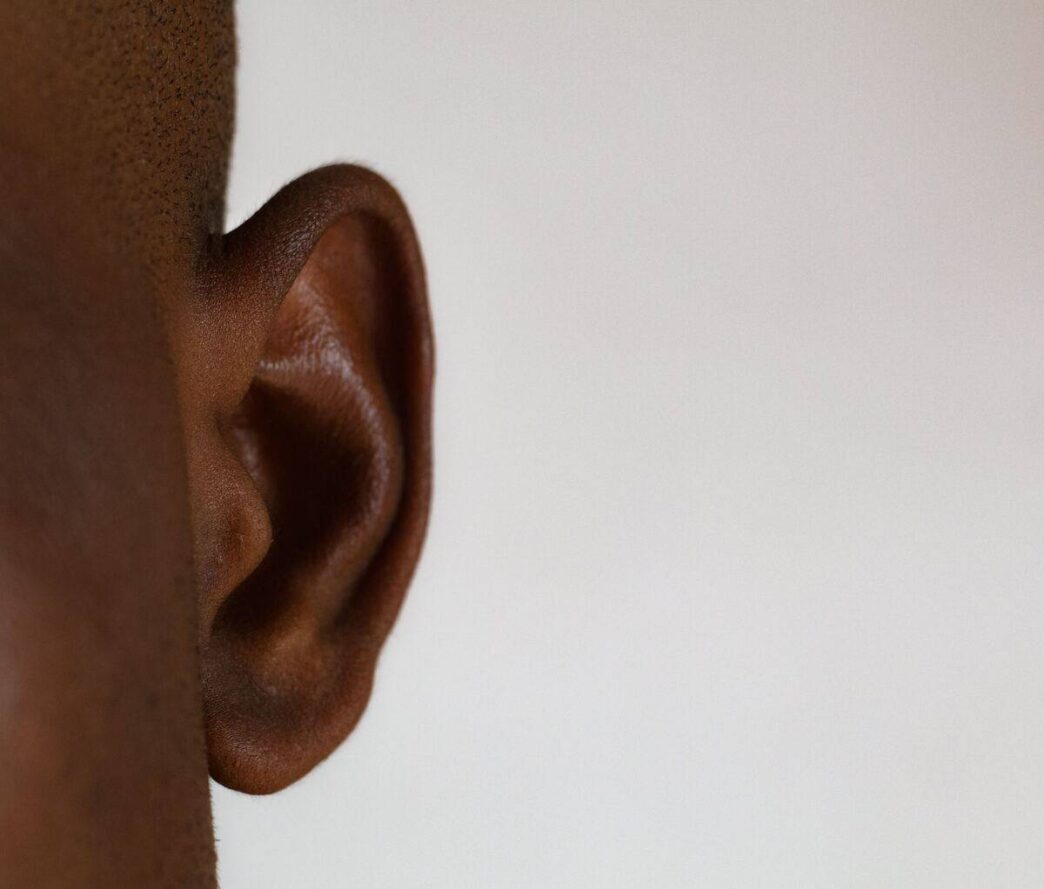Earwax is also known as cerumen. It is a mix of oil, sweat, and skin cells and is produced in the outer ear. Its sticky consistency helps keep ears healthy. It traps dirt, debris, and insects that may enter the ear canal. Earwax also provides a moisturizing coating to prevent irritation and infection.
The body naturally produces the right amount of earwax. There is also a natural process of removing earwax from the canal. Jaw movements cause outward expulsion of earwax. But some people experience excess build-up. For this, an expert from Mewing.coach recommends using earwax removal tools.
But what causes excess earwax production? And what factors influence earwax production? The process is natural, but there are various factors that affect the rate of production of earwax. We have covered them in detail in this guide. They include:
Cleaning Techniques
The most common cleaning methods for removing earwax include cotton swabs, candle wax, etc. However, most of these methods irritate delicate skin, which in turn increases wax production.

Also, frequent cleaning can accumulate extra earwax. It interferes with the ear’s anatomy as it removes excessive amounts. This leads to dry and inflamed skin. The body will react by producing more earwax to protect and coat the ear canal. To reduce the impact, reduce cleaning frequency to once or twice a month.
Allergens and Irritants
Increased pollen counts are known to cause sinus infections. However, during the pollen season, most people also experience negative impacts on their ear health. They irritate the ear, which in turn increases earwax production.
To protect yourself, limit outdoor activities. You can also wear protective gear like caps and earmuffs. They are helpful when pollen counts, and environmental contaminants are high.
Stress Levels
Excessive earwax may be due to high stress levels in the body. As lifestyles become more hectic, the apocrine glands increase cerumen production. Hence, managing stress is crucial for mental, cardiovascular, and ear health.
Contact Stimuli
Earwax creation is triggered through a subconscious process known as contact stimulus. This is also the process that leads to overproduction. It occurs when foreign objects contact the sensitive skin. The most common offenders are headphones, earphones, and hearing aids. Water also stimulates cerumen-producing glands. This is why swimmers have excess earwax. It is also common for those with frequent contact with water in the ears during showers or bathing.
Overproduction is your ears’ defense mechanism against any potential discomfort or illness. To reduce excess production of earwax, reduce contact with water or listening devices. However, if you use hearing aids, ensure that they are clean and clear of germs.
Conclusion
Earwax is crucial for maintaining ear cleanliness and health. But excess accumulation is harmful and can hinder hearing. It can lead to hearing loss, pain, and ear infections. It is hence crucial to managing earwax production through lifestyle patterns. This will help to maintain healthy hearing and prevent buildup and ear infections.








